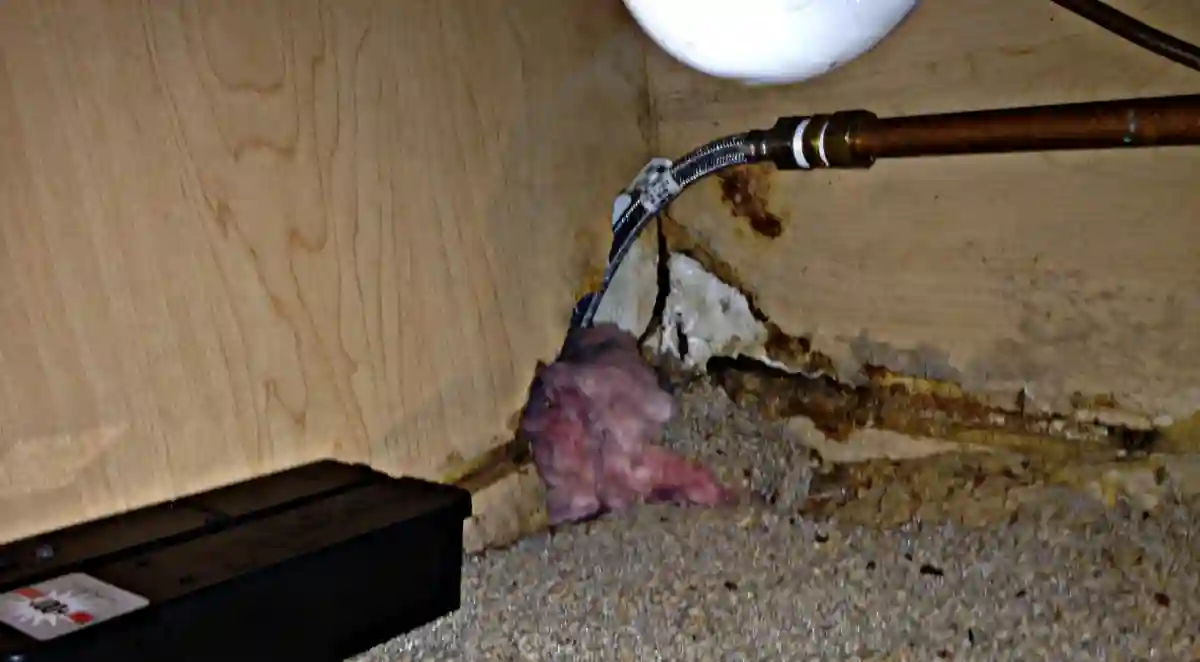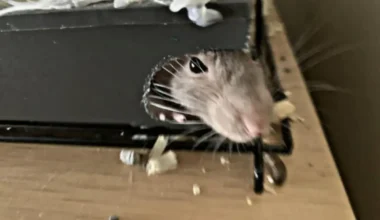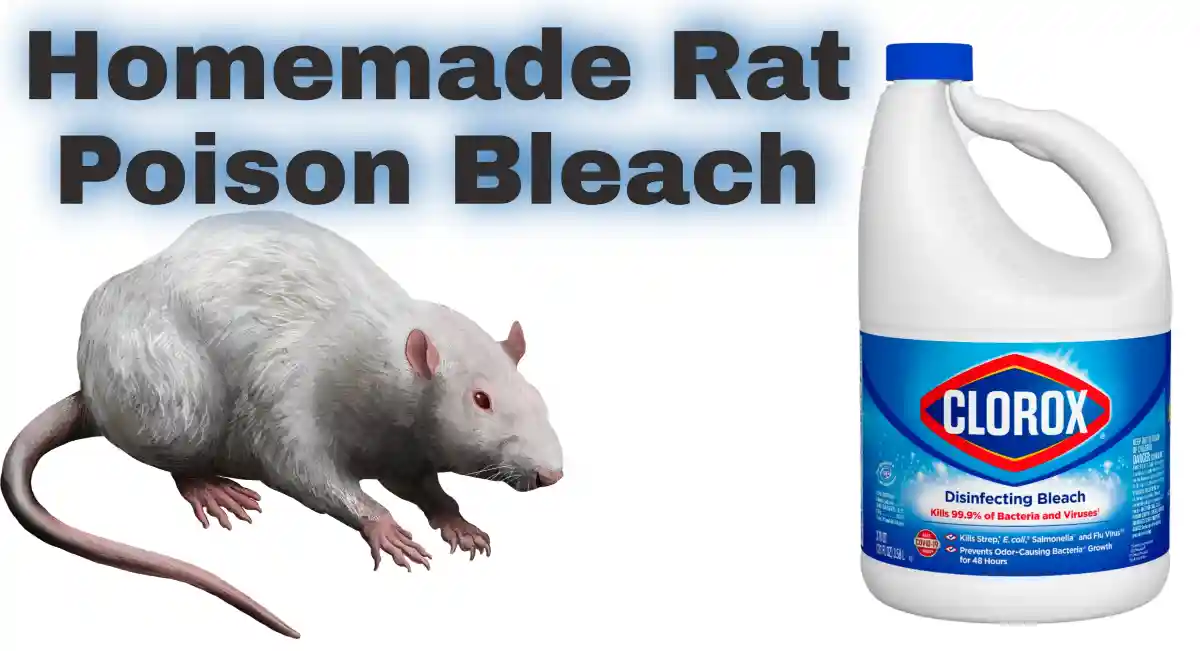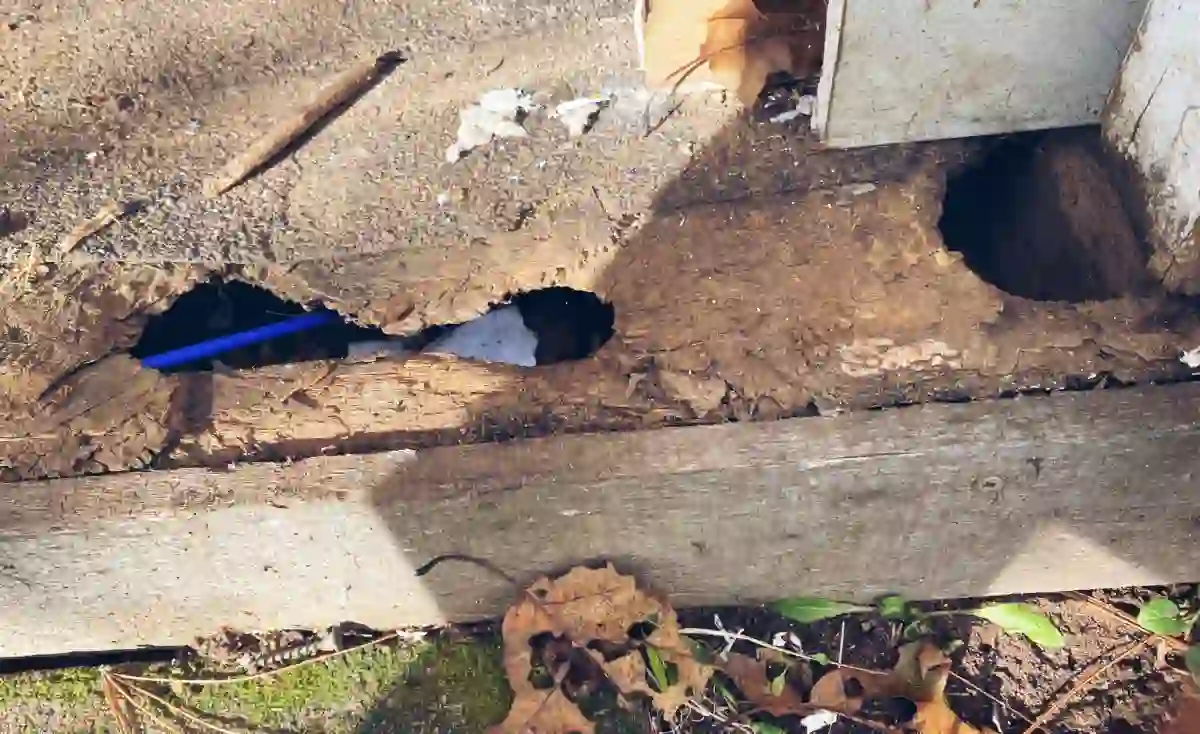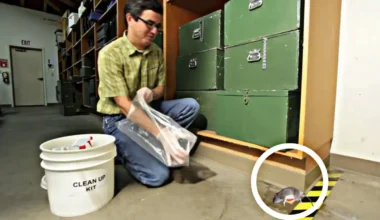If you suspect mice infestation, prompt action is crucial. Mice can transmit diseases that can jeopardize your health and your family’s. Moreover, they are skilled at hiding, so it can be hard to tell their presence. Fortunately, mice leave loopholes which this article leverages to disclose the signs of bad mice infestation so that you can deal with them on time.
Signs of bad mice infestation

Some indications do give mice away regarding their presence. Below are the common signs of bad mice infestation:
1. Excessive mouse droppings on your property
Mouse droppings are a common indication of a mouse infestation. Their feces are typically found in areas where they are most active, such as your attic, and near feeding, breeding, and nesting sites, as well as on pantry shelves or high cupboards.
Mouse poop looks black and cylindrical, and measures between 3 and 6 millimeters (about ¼ inch) in length. Mouse droppings are also comparable in size to small grains of rice, which you can mistake for cockroach droppings.
According to Victor Pest of Woodstream Corporation, Inc., an adult house mouse typically produces 50 to 75 droppings per day. If you observe thrice or more times the number, you have a bad mice infestation.
Make sure to wear protective gloves when disposing of mouse droppings. In heavily infested areas, a respirator may also be necessary. Avoid sweeping or vacuuming the droppings, as disturbing the dust can release bacteria and virus particles into the air, particularly when they have dried out and started to flake. Instead, pick up the droppings carefully and dispose of them in sealed plastic bags.
2. Evidence of nests and burrows
After invading a home, mice make use of whatever materials they can find to build their nest, which is one of the signs of bad mice infestation. They gather bits of fabric, plants, cardboard, and insulation. Although small gaps in walls, baseboards, or cabinets may seem trivial, they could be an indication of a significant problem.
Mice do create holes and burrows in dark and isolated parts of the home, such as attics and behind furniture. They may even chew holes in cavity walls to establish a nest inside.
Also, keep an eye out for droppings, scraps, or dirt marks as these may serve as signs of bad mice infestation. Mice may also nest in gutters or reside in garages, so check for the same signs in those areas.
3. Scratching or scrabbling noises
Those strange scratching or scrabbling sounds in your walls, ceiling, or under the floors could be signs of bad mice infestation, depending on the frequency.
If you do have a severe mouse infestation, you will likely hear strange scratching or scrabbling noises in the walls, particularly at night.
Mice are skilled climbers and jumpers, and they can squeeze through openings much smaller than their bodies. They frequently use the spaces between joists to travel from one part of the house to another.
Occasionally, you may also hear faint squeaking. Since mice are usually active at night, you will probably only hear them during this time. Pets are sometimes better at detecting these sounds than people, so if your dog or cat seems to be on high alert, it could be a sign of severe mice infestation in the walls.
4. Tracks or runways in your home
Mice constantly run through dirt and dust, leaving behind distinctive streaking or smudging along the floor over time. Along the route, you may also find small patches of urine or droppings.
Mouse urine looks like yellowish streaks which get crusty as they age. If you’re not sure if you’re seeing mouse urine, shining a flashlight or black light around can help you get a better look. Dusty corners will reveal visible mice footprints. You can even sprinkle flour or any powdery substance along a suspected rodent roadway and check back later for footprints.
If you return to observe too many footprints, it suggests you may have a bad mice infestation in your home. It could also mean that one or more mice have been moving to and fro.
5. Greasy stains on your walls
Signs of bad mouse infestation can be identified if you notice regular patterns of dirty smudges along walls. These smudges are created by the dirt and grease from the fur of mice as they follow the same route night after night.
Since mice have poor eyesight, they use walls to navigate inside your home. If you rub the marks with a rag and they smear easily, it means that the marks are relatively fresh and you may have a severe infestation.
6. Gnaw or chew marks
Mice are notorious for their constant gnawing because their teeth grow continuously. They often chew on hard materials like PEX pipes, wood, plastic, cables, and electrical wiring. This behavior is dangerous as it increases the risk of fire since mice can chew through wiring and cause shorts, power outages, and equipment damage.
If you notice holes, tears, or signs of gnawing in fabrics, insulation, bedding, or other materials, you likely have a bad mice infestation. Mice use shredded materials to build nests in dark corners, drawers, cabinets, storage boxes, or behind appliances that aren’t moved frequently.
In addition, mice can chew small holes in the bottom of drawers, cabinets, and couches and fill them with shredded material. Unfinished or under-construction areas like attics can be especially appealing to mice. You can differentiate gnaw marks from other types of damage by looking for jagged holes with dark grease marks on the outside.
7. Mouse urine or dead mice smell
Mice frequently urinate, and their urine has a distinct, strong odor that smells like ammonia. This smell is particularly noticeable in enclosed areas such as cabinets, pantries, or drawers, and may require kitchen odor remedies to eliminate.
The smell can also be detected along baseboards and walls where mice often travel, and it helps them establish and mark their territory.
The smell may start out faint, but it will become stronger as you get closer to the source, especially if the infestation is severe. In areas where mice frequently urinate, you may also find urine pillars, which are lumps made of urine, dirt, and grease.
8. You notice damaged food storage containers
Mice diet is similar to humans’ and so they are attracted to a variety of foods. They consume about 3-4 grams of food per day, and they prefer foods that are high in fat, such as cheese, butter, and bacon.
Mice also like cereals, grains, nuts, seeds, fruits, chocolate, and candy. Mice will repeatedly visit identified food sources like pantries and cupboards up to 30 times per day. You can tell mice presence if your pantry by looking for strange holes or gnaw marks with grease smears around them.
Even compost heaps, whether they are indoors or outdoors, can attract mice. Discard any food that has been contaminated by mice as it can cause serious illnesses, such as salmonella and Hantavirus.
9. Your pets suddenly become interested in certain areas
While chasing mice is usually associated with cats, dogs can also detect rodent activity in the home. If mice are present, your pets are likely to smell or see them before you do. They may exhibit unusual behavior, such as whining or barking at walls or under furniture. Pets may also detect high-pitched mice squeaking you can’t hear. All these make up signs of bad mice infestation.
10. You sight one or more live or dead mice
Spotting a dead mouse or a live one in your home is a clear indication of a potentially bad mouse problem. However, if you see a mouse during the daytime, it could be a sign of a severe infestation that may require professional pest control services to get rid of them.
Additionally, the unpleasant smell of a dead mouse can be an indicator of mice infestation.
Contact your local professional
Although setting up traps might seem like a cost-effective solution, it’s not a foolproof way to get rid of mice entirely. Since mice breed rapidly, an incomplete solution can result in an even larger infestation.
Pest control professionals are knowledgeable about both mouse removal and mouse proofing to prevent future infestations. If the infestation is a bad one or well-established, the cost of hiring a professional mice exterminator may be well worth it to regain control of your home.

